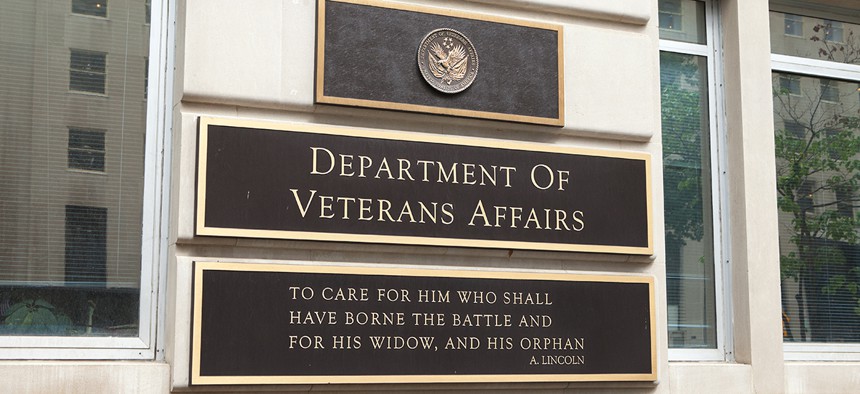VA Innovator Network To Expand, Less Than 1 Year In

Mark Van Scyoc/Shutterstock.com
It started out at eight pilot sites in November, but could soon expand to about a dozen more this year.
A program designed to creatively solve problems within the Veterans Affairs Department is already growing.
VA's Innovators Network is a broad set of initiatives, including financial grants and entrepreneurship training, which encourage employees to invent solutions to problems they witness internally. It started out at eight pilot sites in November, but could soon expand to about a dozen more this year, Andrea Ippolito, head of the Innovators Network, said during an event in Washington onThursday.
Employees are eligible to apply for small grants to develop out their ideas, learn principles of "human-centered design," and join training boot-camps to scale their solutions to other sites, Ippolito explained during the event hosted by FCW.
“Our only metric that really matters ... is that a veteran can recommend this [improved] care," she said. If a patient tries out an experimental solution developed using Innovators Network resources and doesn't like it, the creators move on, she explained.
Ippolito described some of the program's early successes: in one, a physician began using an iPhone camera to detect blood profusion, based on technology developed at the Massachusetts Institute of Technology. In another instance, a prototype application developed at a Portland VA transfers patient records to non-VA facilities in 2 to 3 minutes, down from the 20 to 25 minutes it generally takes to fax those records; this could increase patient throughput at each facility, Ippolito explained.
In a third case, a Milwaukee VA's women's health clinic is partnering with the Mayo Clinic to test out "minimally disruptive medicine"—a practice in which a clinician checks with patients to make sure they're actually likely to follow the treatment they prescribe, and if they don't, to prescribe treatment they are likely to pursue, Ippolito said.
Not all solutions are high tech. In another case, a GS 6 employee noticed—after attending human-centered design training—veterans were falling out of their wheelchairs because the brakes weren't deployed. That employee discovered the brakes were black, blending in with the rest of the wheelchair, so he applied for a few hundred dollars to manually paint their brakes red.
His solution reduced the number of falls at his facility, Ippolito said.
NEXT STORY: Would Obama Pardon Edward Snowden?





